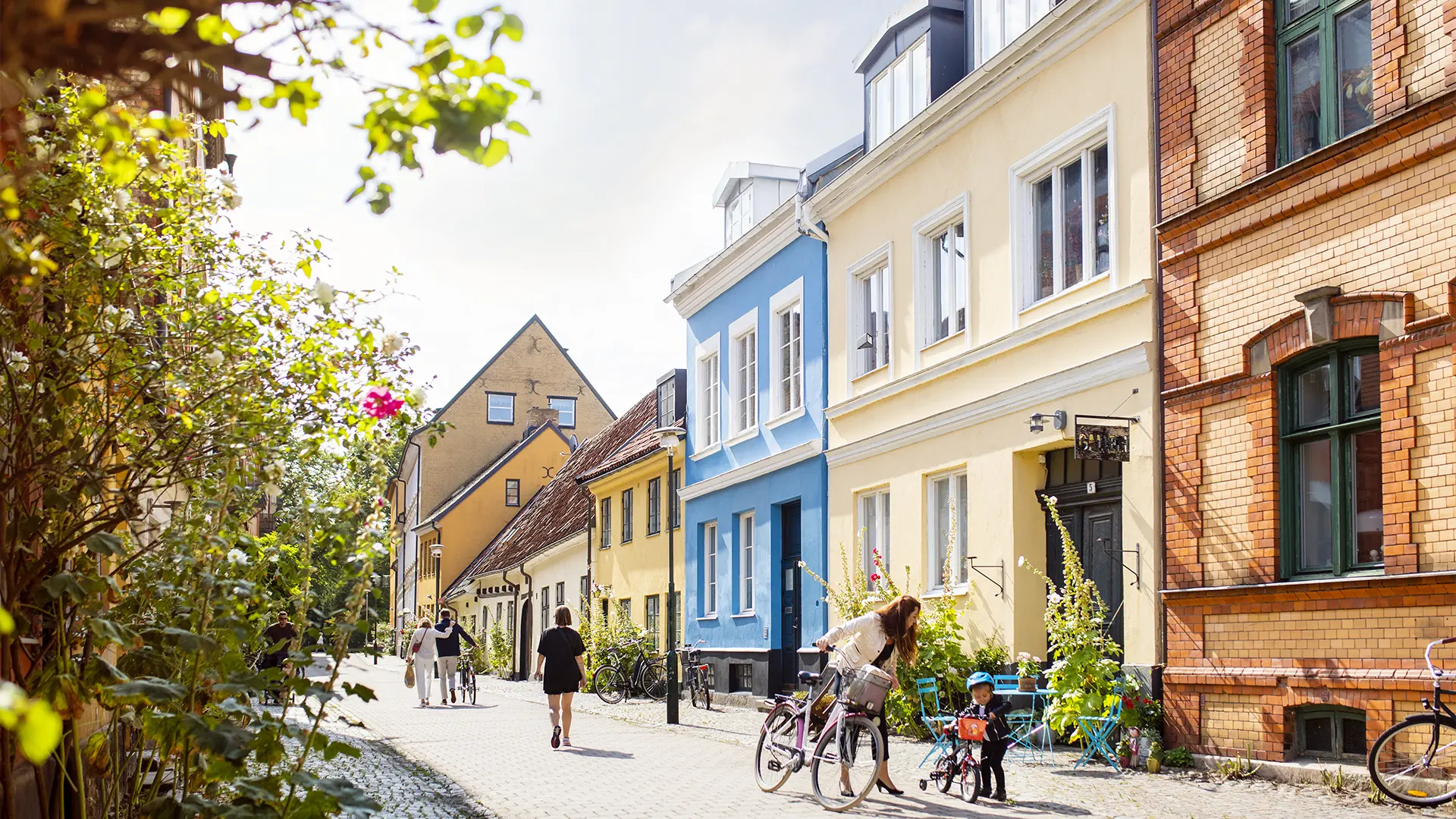Whether you’re relocating for work, study, or a fresh start, choosing the right neighborhood can make or break your experience in Germany. From bustling urban centers to quiet green suburbs, each area offers a different lifestyle, cost of living, and community vibe.
If you’re planning to put down roots, it’s worth considering homeownership in the long term — and our Step-by-Step Guide to Buying an Apartment in Germany is a great place to start if you’re thinking in that direction.
But even before you get to buying or renting, you need to find the right place to call home. Here’s how to evaluate German neighborhoods like a local.
Define Your Priorities
Start by listing what matters most to you. Common priorities include:
-
Proximity to work or school
-
Access to public transport (U-Bahn, S-Bahn, buses)
-
Green spaces or parks
-
Safety and quiet
-
International or family-friendly community
-
Nightlife and cultural activities
If you’re moving with a family, nearby schools, playgrounds, and low crime rates may be essential. Young professionals often seek central, walkable districts with cafés, coworking spaces, and nightlife.
Understand Regional Differences
Each German city — and even each district within a city — has its own character.
-
Berlin: A mix of bohemian, bureaucratic, and startup energy. Neighborhoods like Kreuzberg and Neukölln are popular with creatives and expats, while Charlottenburg and Prenzlauer Berg offer more upscale, quiet living.
-
Munich: Clean, safe, and expensive. Schwabing is vibrant and student-friendly, while Bogenhausen is calm and family-oriented.
-
Hamburg: A maritime mix of tradition and modernity. Eimsbüttel and Ottensen are beloved for their charm and livability.
-
Frankfurt: Financial hub with diverse population. Sachsenhausen is lively; Westend is quieter and more elegant.
Do your research on each district — many have websites or forums with community insights.
Check Transport and Connectivity
Germany’s public transport is excellent, but commutes can still add up. Use apps like BVG (Berlin), MVV (Munich), or DB Navigator to test-commute from neighborhoods to your workplace or university.
Look for areas close to S-Bahn or U-Bahn stations if you don’t plan to drive.
Walk the Streets
Whenever possible, visit neighborhoods in person — both during the day and at night. Observe how busy they are, what the noise levels are like, and how people interact. Local cafés, shops, and parks can tell you a lot about the area’s personality.
Final Tip
Finding the right neighborhood takes time and exploration — but it’s worth it. Once you know where you want to live, your housing search becomes much more focused.





